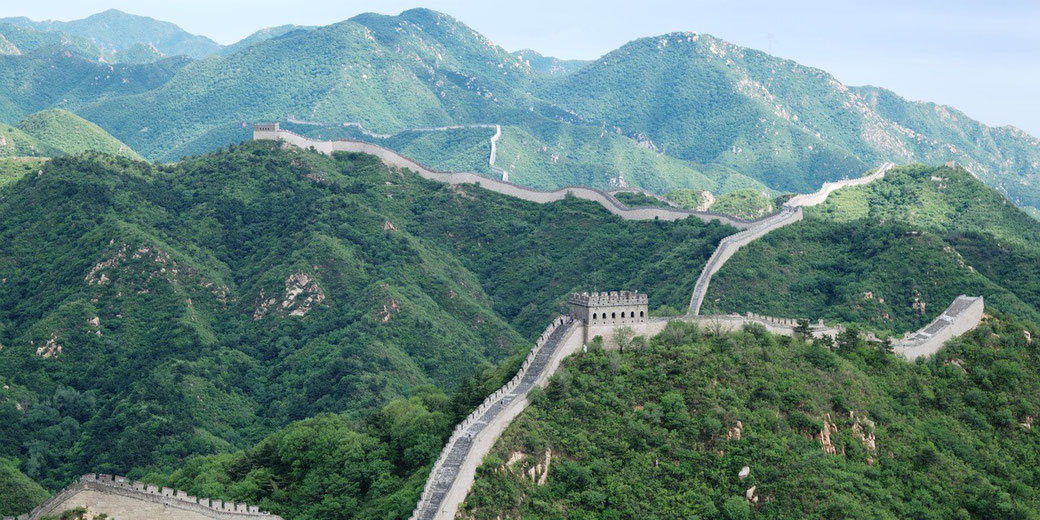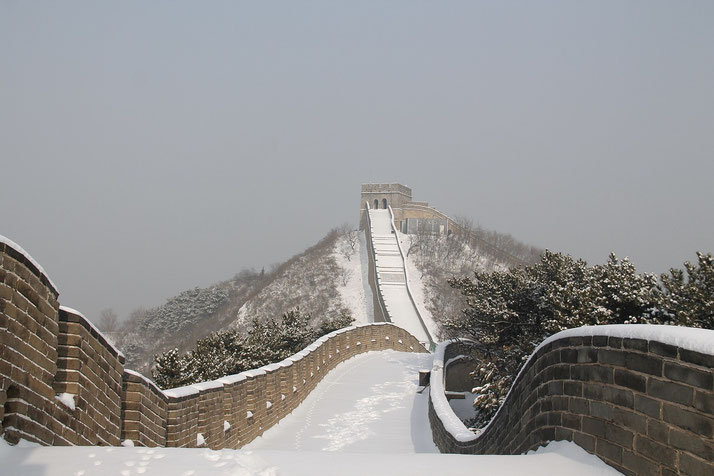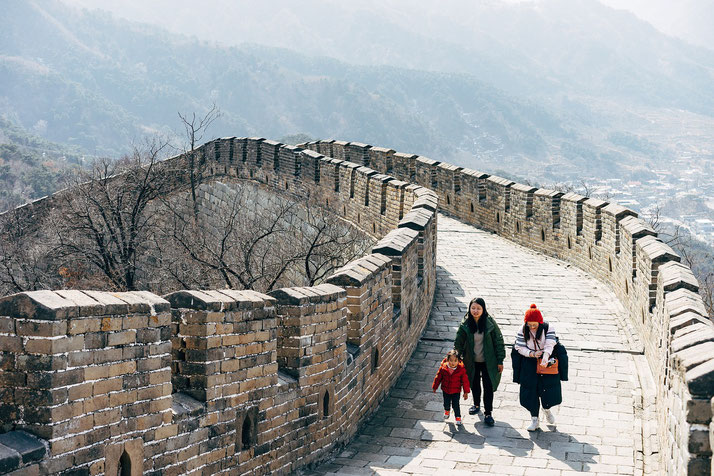Great Wall of China: A gruesome and incredible feat of engineering

The Great Wall of China is one of the most iconic landmarks in the world, and for good reason. This architectural marvel spans over 13,000 miles, winding its way through mountains, valleys, and deserts.
For centuries, it has been a symbol of China's strength and resilience, a physical embodiment of the country's determination to protect its people and defend its borders.
But the Great Wall is more than just a wall; it is a living monument to China's rich history, culture, and traditions.
From the legends of the wall's construction to the countless battles fought upon its ramparts, the Great Wall of China is a true wonder of the world.
What is the Great Wall of China?
The Great Wall of China is an ancient architectural wonder that stretches over 13,000 miles, making it one of the most remarkable structures in the world.
The Great Wall of China is not just one wall but a series of walls and fortifications constructed by different Chinese dynasties over the centuries.
The wall served as a defense against invading forces and also as a boundary marker for the Chinese Empire.
The construction of the Great Wall of China began during the 7th century BC when several small kingdoms in northern China built walls to defend against the raids of the nomadic tribes from the north.
The first emperor of China, Qin Shi Huang, was responsible for the construction of the first unified wall in the 3rd century BC.
The wall was built using materials like earth, wood, and tamped earth.
The Qin dynasty's wall was not as extensive as the later Ming dynasty wall, but it was still an impressive structure.
During the Han Dynasty
After the fall of the Qin dynasty, the Han dynasty continued the construction of the Great Wall.
The Han dynasty's wall was built to protect China's northern borders against the attacks of the Xiongnu, a nomadic tribe from the north.
The Han dynasty's wall was built from tamped earth and stones and was much more extensive than the Qin dynasty's wall.
The Han dynasty's wall was also used as a trade route to connect the cities of China.
During the Ming Dynasty
The most famous version of the Great Wall of China was built during the Ming dynasty.
The Ming dynasty's wall was built during the 14th to the 17th century and is the most well-preserved section of the Great Wall today.
The Ming dynasty's wall was built using brick and stone, and it was designed to be a formidable defense against invading forces.
The Ming dynasty's wall was also used to control the movement of people and goods.
Why has it been called the 'long graveyard'?
The Great Wall of China has been referred to as the "long graveyard" due to the large number of people who died while building and defending it.
The construction of the wall was a massive undertaking that required the labor of millions of people over hundreds of years.
Many of the workers who built the wall were conscripted peasants, criminals, and prisoners of war, who were forced to work under harsh conditions.
During the construction of the wall, many workers died from exhaustion, starvation, and disease.
The harsh working conditions, including extreme heat and cold, also contributed to the high mortality rate.
It is estimated that as many as 400,000 people died during the construction of the wall.
In addition to the workers who died during the construction of the wall, many soldiers died while defending it.
The wall was built to protect China's northern borders from invading forces, and soldiers stationed on the wall were exposed to harsh living conditions, including extreme weather, poor sanitation, and limited food and water supplies.
Many soldiers died from diseases and injuries sustained during battles with invading forces.

How effective was the Great Wall at preventing invasions?
The effectiveness of the Great Wall of China in preventing invasions is a subject of debate among historians.
While the wall was undoubtedly a formidable defense against invading forces, it was not foolproof, and several invasions occurred despite the wall's existence.
The wall's watchtowers and fortifications also provided strategic advantages for Chinese soldiers to spot and defend against incoming threats.
However, despite the wall's construction, several invasions still occurred.
For example, in the 4th century AD, the Xiongnu successfully breached the Great Wall and invaded China.
In the 13th century, the Mongols led by Genghis Khan bypassed the Great Wall and established the Yuan dynasty in China.
Moreover, while the Great Wall provided a degree of protection against invasion, it was not impregnable.
Invading forces could still bypass the wall by finding unguarded sections, tunneling under it, or scaling over it.
Additionally, the cost of building and maintaining the wall was significant, and it often diverted resources away from other essential projects.
The wall's legacy
The Great Wall of China has significant cultural, historical, and strategic significance.
The wall has been a symbol of Chinese power and determination for centuries, and it has become an essential part of China's national identity.
Today, the Great Wall of China is one of the most visited tourist attractions in the world.
The wall's preservation is critical for future generations to understand China's rich history and cultural heritage.

More Ancient China
What do you need help with?
Download ready-to-use digital learning resources
Copyright © History Skills 2014-2024.
Contact via email
With the exception of links to external sites, some historical sources and extracts from specific publications, all content on this website is copyrighted by History Skills. This content may not be copied, republished or redistributed without written permission from the website creator. Please use the Contact page to obtain relevant permission.





